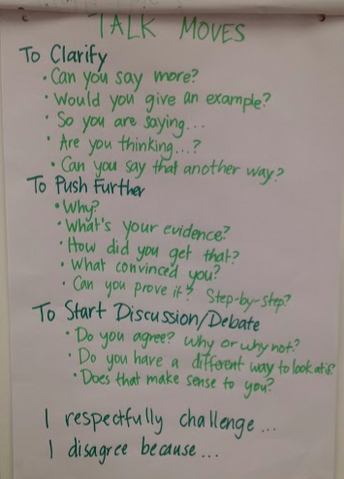My first school year back in the classroom is well launched. Week 1 was about getting to know each other and starting to feel safe together – they all knew they’d have a test during week two to prove they knew the first name of everyone in the class. It was also about supporting new students as they find their way around our large school and our many systems. It was starting to establish key elements of our classroom, such as morning meeting, circle up behavior, laptop and iPad launch. It was working on stamina when reading or writing or listening to a lesson.
Week 2 was deeper community building and scads of pre-assessments. It was beginning of year math test, reading pre-assessment, on-demand writing, spelling inventory and spelling n0-excuse words. It was pre-testing in XtraMath and FrontRow. Along with that came more work on routines and expectations. It was me seeing everything and celebrating as much as I could. “I see we are only filling half of the hallway so that other classes can easily get by us.” “I see everyone was almost seated correctly in the group area when the song ended.” “I see you remembered to have a book for silent reading today.”
Week 3 wasn’t as fun. It was time to pull up their behavior, communicating that they will look at the person who is talking during a group discussion. They will lower the laptop lids or flip their iPads when requested or live with the consequences of their decision. They will start understanding what quality effort looks like. They were surprised and didn’t like the change, which tells me I need to do a bit of that earlier next year, and weave it in more joyfully.
Fortunately, one big success was the introduction of accountable talk. One of my colleagues, Caitlyn Reighley, recently expanded her understanding of the accountable talk math practice by reading Classroom Discussions In Math: A Teacher’s Guide for Using Talk Moves to Support the Common Core and More, Grades K-6: A Multimedia Professional Learning Resource. She boiled down her learning into a presentation she made to our team. I adapted her presentation into one I could use with my own class.
I also made an anchor chart but I’ve pictured hers here since it is much neater than mine. 
First a reflection: next time I teach this lesson, I will model the talk moves better to eliminate the initial confusion students showed when I set them to work.
Once we were past that, I was encouraged by the progress they made. Only my top two math students were unsuccessful, believing their answers were so self-evident that there could be no discussion. (When after the second round they still had not succeeded, they were shocked to have me calmly explained that they had failed the assignment and were not yet showing they were on the way to discussing math like mathematicians. It felt harsh; hopefully it helps them grow.)
While I was pleased with how the lesson went, I didn’t realize its larger impact until later in the day and week. That afternoon, during our closing circle they were sharing suggestions of what we could do to make a better transition from recess back to being ready to learn in the classroom. To my surprise and delight, without being prompted they used their talk moves. I was hearing, “Can you explain that more clearly?” and “I respectfully disagree with Bill because….” This instantly elevated our closing circle from sharing to genuine discussion as they challenged and extended each other’s ideas.
Earlier in the week I had launched our class Edmodo account. I wanted a place for asynchronous discussions so that we could have deeper thought and hear more from our quieter members. As you would expect, the first discussion we attempted was less than perfect. Students were so eager to take part that they wrote without anything to say. There was barely contained chaos where they tested whether I really meant no chat language and that the conversation needed to be as respectful as our fac-to-face ones. They also did not yet understand exactly where their replies should be so the effect was a bit like buckshot.
After our accountable talk math lesson we again used Edmodo. This time it was to create a fun, rain day plan in case our field trip was rained out. The difference was dramatic. They had actual discourse, asking for clarification, building on each other’s ideas, and respectfully challenging others. Most were using conventional grammar as well.
Throughout the week, the accountable talk seemed to weave itself effortlessly into our community. With how this group loves to talk -and don’t all fifth grade classes love to talk- accountable talk was a bit of low hanging fruit easily added to our learning toolbox. I will definitely use this lesson again next year. I’ll will teach it earlier.
How do you teach accountable talk? Please share what resources and methods do you use.

Thanks for the summary. I’ll give it a try with my first graders and let you know how it goes. Your description of the math whizzes was so true!